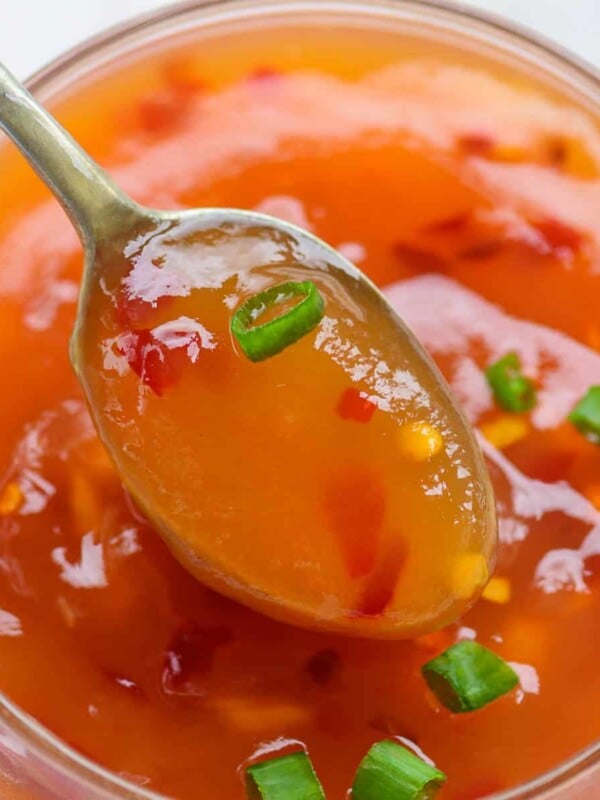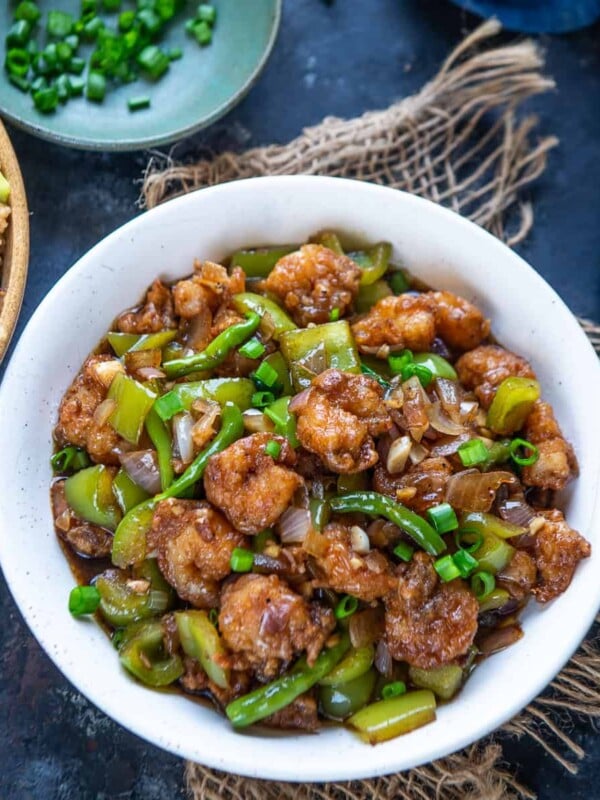on Jan 31, 2022, Updated Oct 06, 2023 Here are some more Asian noodle recipes that you may like: Kimchi Noodles, Thai Chicken Drunken Noodles, Vegan Pad Thai Noodles, Veg Hakka Noodles, and Chilli Garlic Noodles.
About Japanese Hibachi Noodles
Japanese Hibachi Noodles are rich and buttery, stir-fried noodles made in a Japanese Steak house. They are served on the side with chicken, beef, or veggies. These are very popular in Japanese steakhouse restaurants like Benihana, Kyoto, and Kobe, where the food is grilled at the tableside. On our last US trip, I visited one of the Steakhouses and had a chance to experience this unique cuisine. After returning home, I read all I could about Hibachi-style cooking and came up with my own recipes, trusting my taste buds and memory. They turned out pretty good if I can say so. After trying Hibachi Chicken, Hibachi Fried Rice, and Hibachi Vegetables, these Hibachi-style noodles were the obvious choice. This homemade Hibachi noodle recipe comes together in under 20 minutes using simple ingredients. Using my easy recipe, you can now make restaurant-quality Hibachi noodles at home, and that too at a fraction of the cost. These noodles are traditionally made on a grill-top griddle after cooking meat so that the noodle gets a subtle flavor from the leftover juices and spices from chicken, beef, or seafood. But as we make them at home, a flat pan, large skillet, or wok works fine.
Serving Suggestions
Serve Hibachi noodles topped with Yum Yum Sauce or Hibachi Mustard Sauce for a quick and comforting dinner. You can also use linguine pasta as I did. Angel hair pasta or spaghetti can also be used. To make the dish gluten-free, use rice noodles or other gluten-free ones. Sauce Mixture – The sauce for these Japanese noodles is made using dark soy sauce, teriyaki sauce, brown sugar, and mirin (Japanese cooking wine). While soy sauce gives these noodles a salty taste followed by an umami sweet taste, teriyaki sauce gives a savory salty-sweet flavor with lots of umami undertone. Replace soy sauce with coconut aminos or tamari for a gluten-free recipe. You can replace mirin with rice or white vinegar if it is unavailable. Butter and Oil – This recipe combines butter and sesame oil. Butter gives these noodles a creamy, buttery taste, and sesame oil adds a unique Asian flavor. You can replace sesame oil with light olive oil if you don’t like the taste of sesame oil. Others – You will also need onions, fresh ginger, garlic, and white sesame seeds. You can add some tofu, beef, chicken, or shrimp to this recipe for added protein and make it a complete meal. To make this dish wholesome, add your favorite vegetables, such as cabbage, carrots, bean sprouts, celery, mushrooms, bok choy, baby corn, snap peas, etc. Note – You can cook the noodles in advance to speed up the process. Once cooked, drain the water and toss the cooked noodles in 2 teaspoon vegetable oil to prevent them from sticking to each other. You can refrigerate them in an air-tight container for up to 4 days.
2 tablespoon dark soy sauce 1 tablespoon teriyaki sauce 2 tablespoon brown sugar 1 tablespoon mirin
Once they are hot, add the following ingredients and saute for 2-3 minutes until they are lightly browned.
¼ cup chopped onions 2 teaspoon minced ginger 2 teaspoon minced garlic
Check for salt and add more if required. Sprinkle 2 teaspoon white sesame seeds on top and serve immediately. You can also garnish the noodles with some chopped green onions. If you want to make a full meal, serve these along with Hibachi Chicken and Hibachi Vegetables.
Storage Suggestions
When stored in an airtight container, these delicious noodles will last in the fridge for about 2 to 3 days. To reheat, heat a little butter in the pan and add the noodles. Add two tablespoons of water and mix it well. Cover and let it heat on low for about 3 to 5 minutes or until nice and warm. Stir them occasionally for even heating.
Tom Kha Soup (Thai Coconut Soup)
Thai Sweet Chili Sauce
Egg Foo Young
Chilli Prawns















